Ah, moving day. The excitement of a fresh start, the endless possibilities of your new space, and the joy of packing and relocating all your belongings. But wait – what about your pets? Moving can be a stressful experience for both you and your furry (or scaly) friends, but with the proper preparation and approach, it doesn’t have to be. In this blog post, we’ll guide you through expert tips on moving with pets, ensuring a stress-free transition for both of you. We’ve covered you, from preparing your pets for the move to settling into your new home.
Key Takeaways
Prepare your pet for the move with vet visits, updated tags & a travel kit.
Choose the right carrier and familiarize them with it to reduce stress.
Use strategies like packing early, car safety & establishing a routine to help settle in quickly!
Preparing Your Pets for the Move
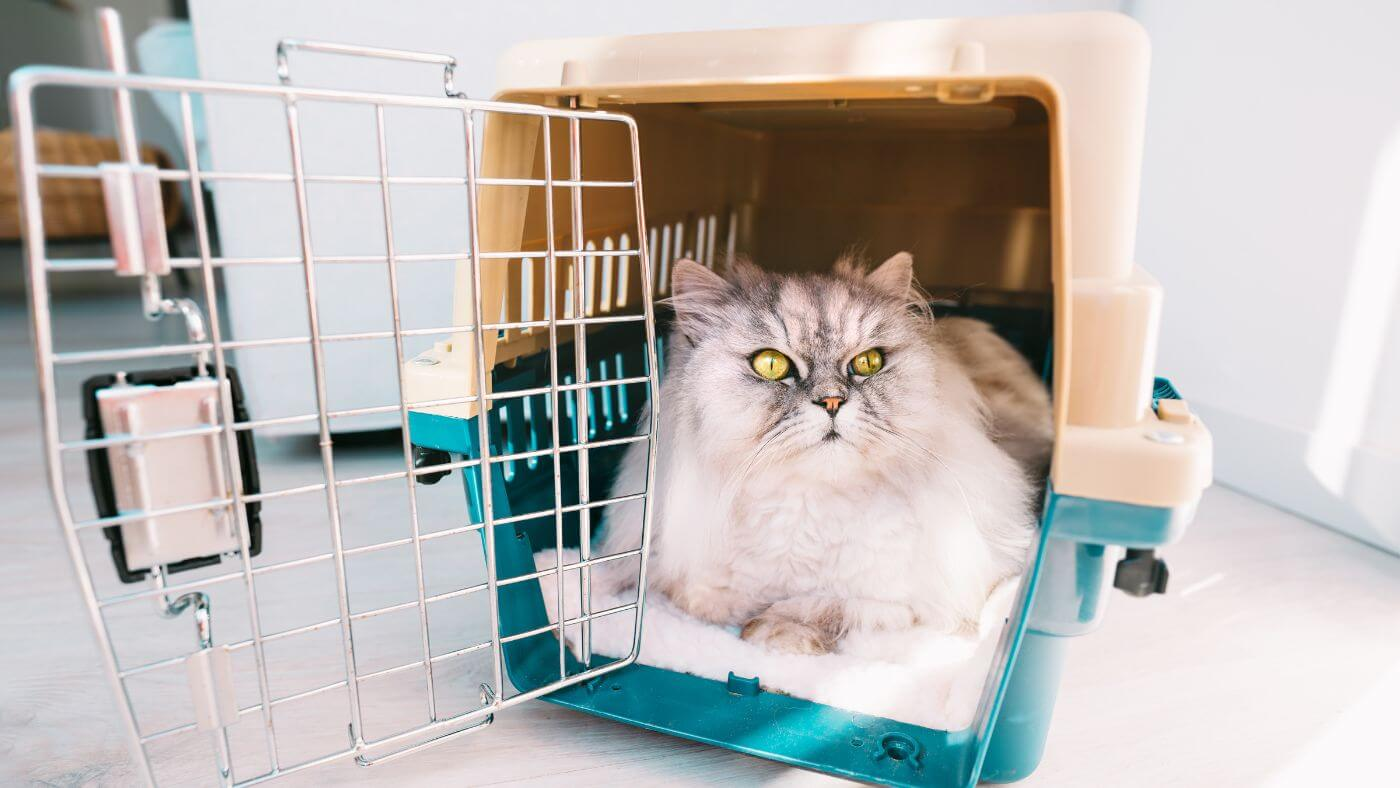
Being well-prepared is key to a successful move with your pets. Planning ahead not only helps you stay organized but also makes the transition less stressful for your pets.
This segment provides information on preparing your pets for the move, discussing points like veterinarian visits, updating identification tags, and assembling a pet travel kit.
Veterinarian Visits
It is vital to check your pet’s health before the journey starts. A visit to the veterinarian is a must, especially for nervous cats or pets with special needs. Make sure they are up-to-date on vaccinations and obtain any necessary health records and travel documents.
Your vet may also provide valuable advice on how to keep your pet comfortable and safe during the move. Remember, a healthy pet is a happy pet!
Updating Identification Tags
In the midst of all the moving chaos, the last thing you want is for your pet to get lost. Therefore, updating your pet’s identification tags with your new address and contact info becomes of utmost importance. Your pet’s ID tag should include their name, your contact number, and your new city.
You can either buy new tags or engrave the updated info onto the existing ones and store the old tags in plastic bags, such as garbage bags, for safekeeping. Better safe than sorry!
Creating a Pet Travel Kit
A well-equipped pet travel kit should include:
Food
Water
Medications
A pet first aid kit
Collar and leash
Cleanup bags
Their favorite toys
Don’t forget to pack an unwashed t-shirt with your scent on it – this can help your pet feel more secure during the move. By having all necessary items, including hanging clothes, readily available, you’ll make the moving process smoother and less stressful for your pet.
Choosing the Right Pet Carrier
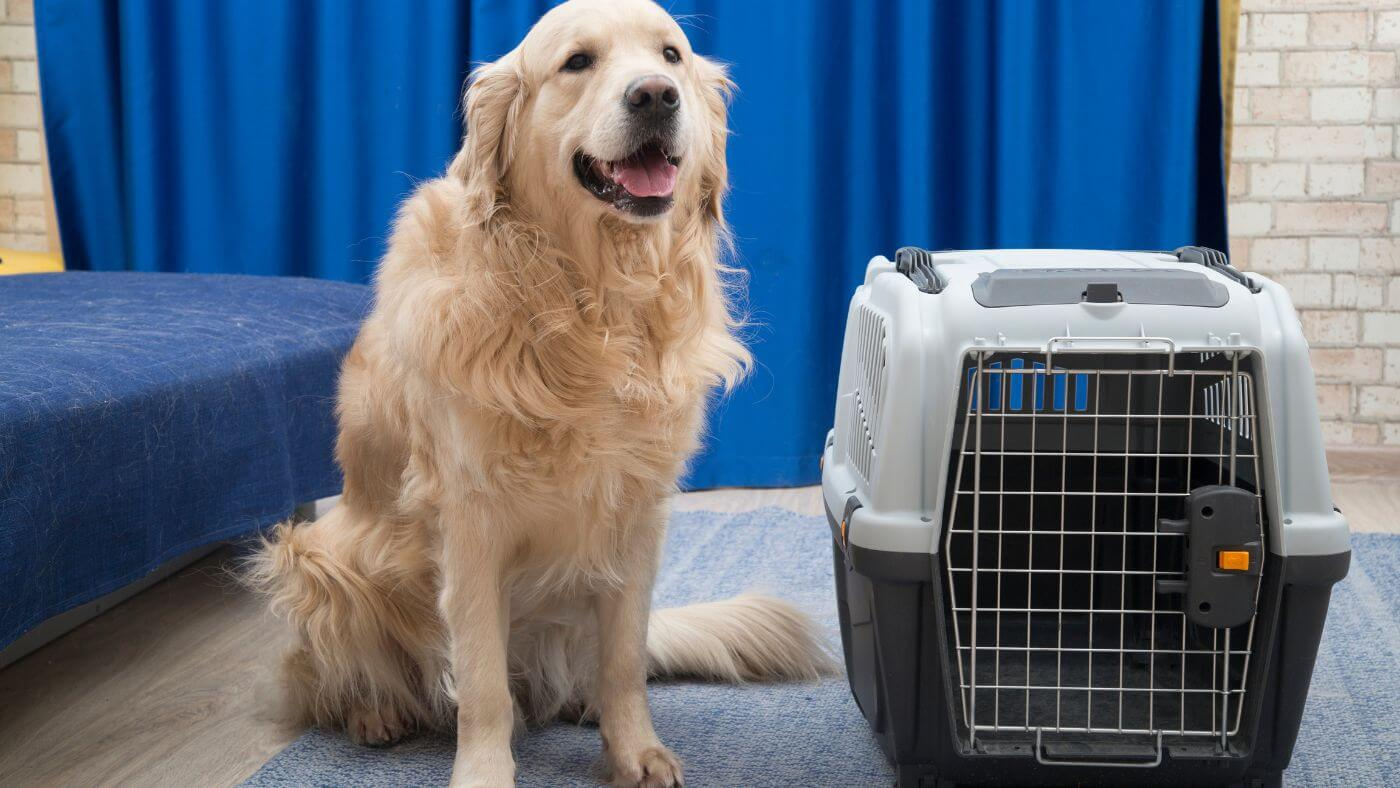
Selecting an appropriate pet carrier is vital to your pet’s comfort and safety during the relocation. A suitable carrier should be spacious enough for your pet to move around and provide proper ventilation and security.
This segment will delve into considerations while choosing a pet carrier, including size and comfort, ventilation and security, along with acquainting your pet with the carrier.
Size and Comfort
Size and comfort should be prioritized when selecting a pet carrier. Your pet should be able to stand up, turn around, and lie down comfortably within the carrier. Measure the length, width, and height of the carrier to ensure it is the right size for your pet.
To make the carrier more inviting, line the bottom with a soft blanket or towel and include a few of their favourite toys. A comfortable pet carrier will make the moving experience a bit easier for your furry friend.
Ventilation and Security
Good pet carriers must feature adequate ventilation and secure closing mechanisms. Proper ventilation ensures your pet has enough air to breathe, especially during long-distance travel.
Choosing a carrier with a secure closing mechanism can help prevent your pet from escaping during transport, ensuring their safety. Remember, a safe and well-ventilated carrier will make the moving process much less stressful for both you and your pet.
Familiarizing Your Pet with the Carrier
Familiarizing your pet with the carrier before the move can help alleviate their stress. Place the carrier in their living area and encourage them to explore it. Positive reinforcement, such as treats and praise, can help your pet associate the carrier with pleasant experiences.
Gradually increasing the length of time your pet spends in the carrier will make the actual move much smoother and less anxiety-inducing.
Tips for Moving with Cats
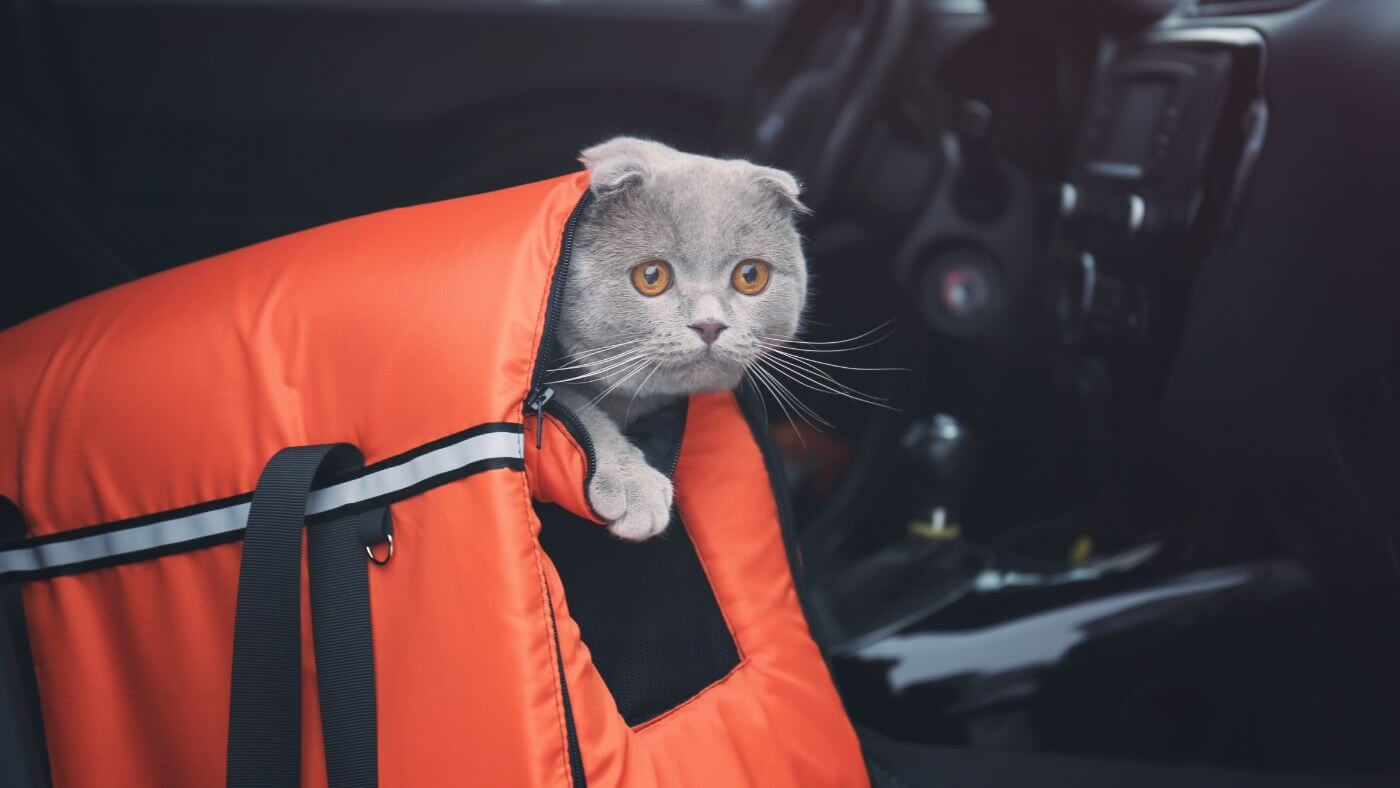
Cats, known for their independent nature, may require extra care and attention during the moving process. This segment offers advice for moving with cats, discussing early packing, cat carrier introduction, and travel training.
Early packing benefits cats by helping to lower their stress levels. Start packing with packing paper and packing tape to ensure a smooth process, and consider looking up some packing tips.
Packing Early
Cats are sensitive creatures, and any disruption to their routine may cause stress. To minimize the impact of moving on your feline friend, start packing early and maintain their daily routine as much as possible.
This will help ensure a smoother and less stressful transition for your cat, especially when it comes to using their new litter box.
Introducing the Cat Carrier
A key component of moving with cats is familiarizing them with the cat carrier. Place the carrier in a familiar area and leave the door open, allowing your cat to explore it at their own pace. Adding treats, toys, and bedding can create a positive association with the carrier and encourage your cat to enter it willingly.
Practice taking short trips with your cat in the carrier to help them settle and acclimate to car travel.
Teaching Cats to Travel
For cats unaccustomed to car travel, it’s important to help them adapt before the move. Start with short trips in the car, gradually increasing the duration of each trip. Remember to be patient and reward your cat with treats or praise for entering the carrier and remaining calm during the journey.
With practice, patience, and some cat rubbing, your cat indoors will be ready for the big move.
Tips for Moving with Dogs
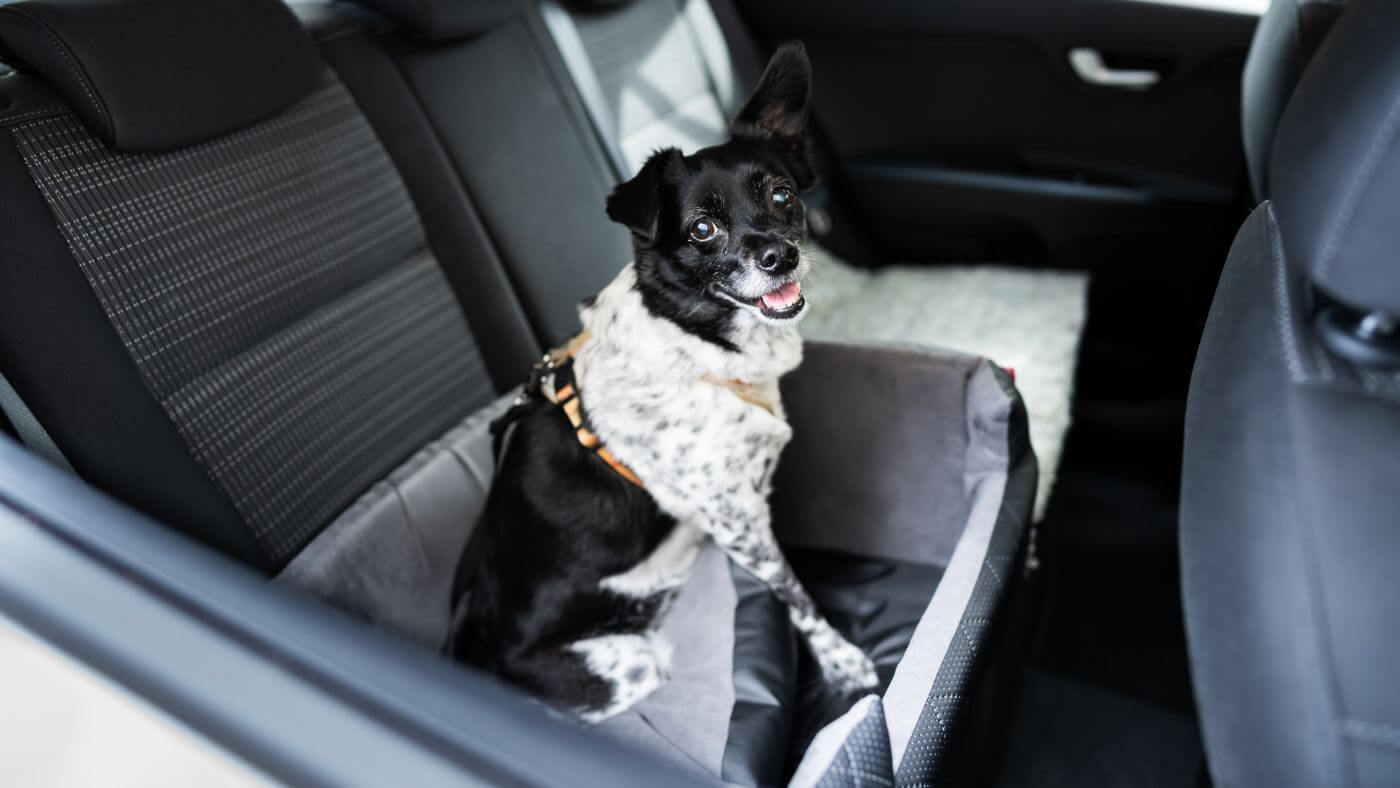
Dogs, being social creatures, may have an easier time adjusting to the move, but they still require special attention when settling into a new house.
This part will provide advice on moving with dogs, touching on exercise and routine, car travel safety, and the importance of frequent stops.
Exercise and Routine
Keeping up with your dog’s exercise routine and ensuring plenty of playtime can alleviate stress during the move. Regular walks and play sessions will help keep your dog happy and relaxed while you pack and prepare for the move.
Sticking to their routine as much as possible will make the transition easier for both you and your dog.
Car Travel Safety
It is vital for your dog’s well-being to be securely fastened during car travel. Using a harness or crate can help keep your dog secure and prevent them from sticking their head out the window or moving around too much during the journey.
By prioritizing your dog’s safety, you can ensure a stress-free moving experience for both of you.
Frequent Stops
Make frequent stops during the move to let your dog stretch, exercise, and take care of their needs. This not only helps keep your dog comfortable but also provides opportunities for them to acclimate to the new surroundings.
Remember, a happy dog makes for a happy move!
Moving with Other Types of Pets

Moving with other types of pets, such as small caged animals, birds, and reptiles, requires special considerations and care. This part provides tips for relocating with these unique pets, focusing on their comfort and safety throughout the move.
When moving with small caged animals, such as hamsters, gerbils, and guinea pigs, it is important to ensure their safety and comfort during the relocation process.
Small Caged Animals
Small caged animals should ideally remain in their familiar cage or carrier during the relocation, rather than being placed in cardboard boxes. This provides a sense of security and reduces stress.
Monitor temperature changes during the move to ensure their comfort and well-being. By keeping your small caged animals in a familiar environment, you can help make the move as stress-free as possible for them.
Birds
When moving with birds, transport them in a secure, well-ventilated carrier. Cover the carrier with a light cloth to help reduce stress and keep them calm during the journey.
Providing a safe and comfortable environment for your birds can ensure a smooth moving experience for everyone involved.
Reptiles
Reptiles require a temperature-controlled environment during transport. Place them in a secure, ventilated container and monitor the temperature to ensure their comfort.
By taking extra precautions when moving with reptiles, you can help them adjust to their new home with ease.
Settling into Your New Home
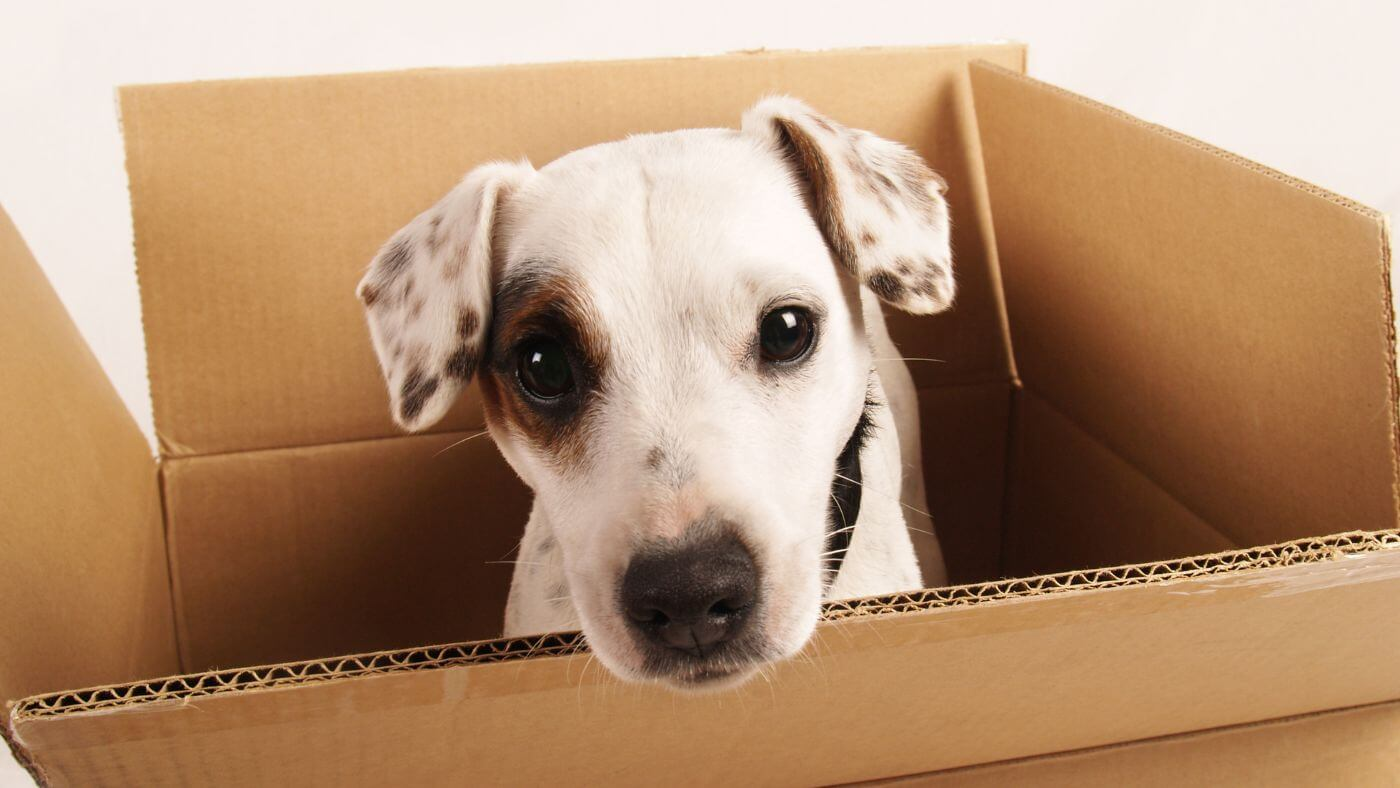
Once you’ve successfully moved with your pets, it’s time to help them settle into their new home. This segment will provide strategies for easing their transition, which include:
Gradual introduction to the new environment
Use of familiar objects
Routine establishment.
One Room at a Time
Allow your pet to explore and acclimate to their new surroundings one room at a time. This gradual approach can help reduce stress and anxiety, allowing your pet to adjust to their new home at their own pace.
Familiar Objects
Familiar objects from your previous home, like bedding and toys, can contribute to your pet’s comfort in their new surroundings. Arrange these objects in a similar manner as in your previous home to provide a sense of continuity and comfort for your pet.
Creating a comfortable environment for your pet is important for their well-being. Make sure to provide plenty of food.
Establishing Routine
Re-establish your pet’s daily routine in their new home at the earliest. Consistency in feeding times, play sessions, and sleeping arrangements can help your pet adjust to their new environment more quickly.
By maintaining a routine, you can ensure a smoother transition for both you and your pet.
Summary
In conclusion, moving with pets can be a challenging experience, but with the proper preparation, the right moving company and approach, it doesn’t have to be. By following the expert tips in this blog post, you can ensure a stress-free transition for you and your pets. We’ve got you covered from veterinarian visits and pet carriers to settling into your new home. So pack your bags and embark on this exciting journey with your furry (or scaly) friends by your side!
Frequently Asked Questions
How do you move when you have pets?
When moving with pets, it’s important to get them used to packing supplies and boxes, maintain their routine as much as possible, keep them in a quiet, secluded space, and update their information for travel.
Additionally, prepare an overnight kit, contact your vet in advance, and consider hiring a pet transportation company if you’re taking a longer move.
Is it hard to move with pets?
Moving with pets can be stressful and requires preparation. Pet owners need to take their animals’ sensitivity to big changes into account when planning their move.
How does moving affect pets?
Moving can be quite unsettling for pets, especially dogs, who will need time and patience to adjust to a new home and routine.
Taking their social group into consideration is key in helping them settle into their new environment.
What should I include in a pet travel kit?
Pack food, water, medications, toys, and a familiar blanket to make the transition smoother for your pet.
These essentials will provide comfort and reduce stress during travel.
How can I choose the right pet carrier?
When choosing a pet carrier, consider size, comfort, ventilation, and security to ensure your pet is safe and comfortable.
Size should be considered first, as it will determine how much space your pet has to move around in. Comfort is also important, as it will ensure your pet is comfortable during the journey. Ventilation is also important, as it improves ventilation.




